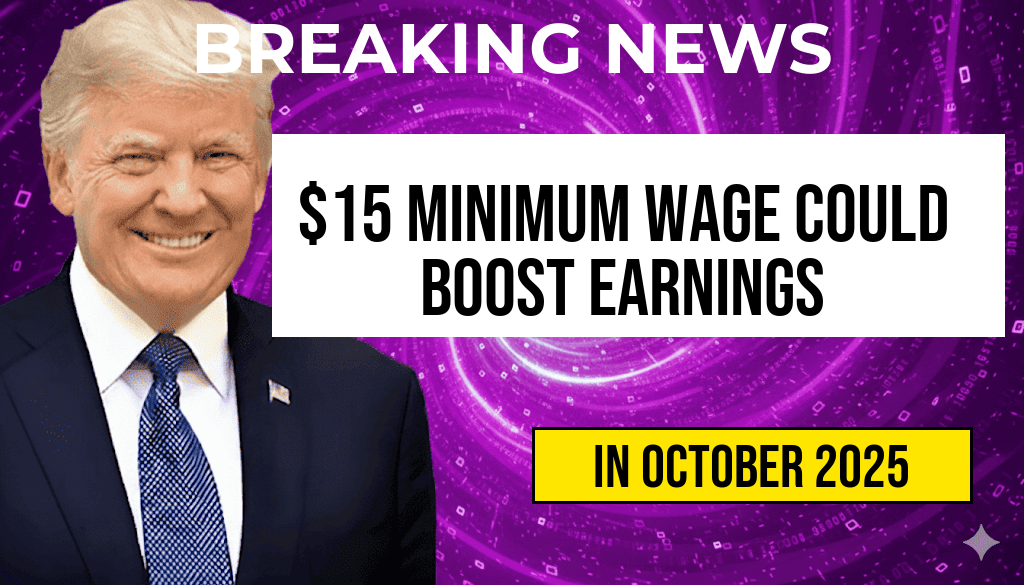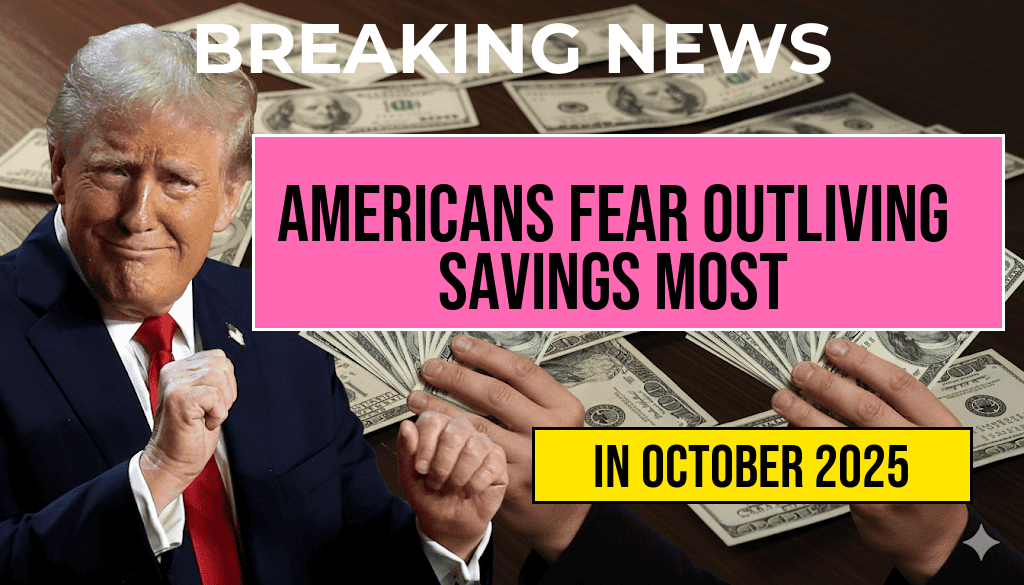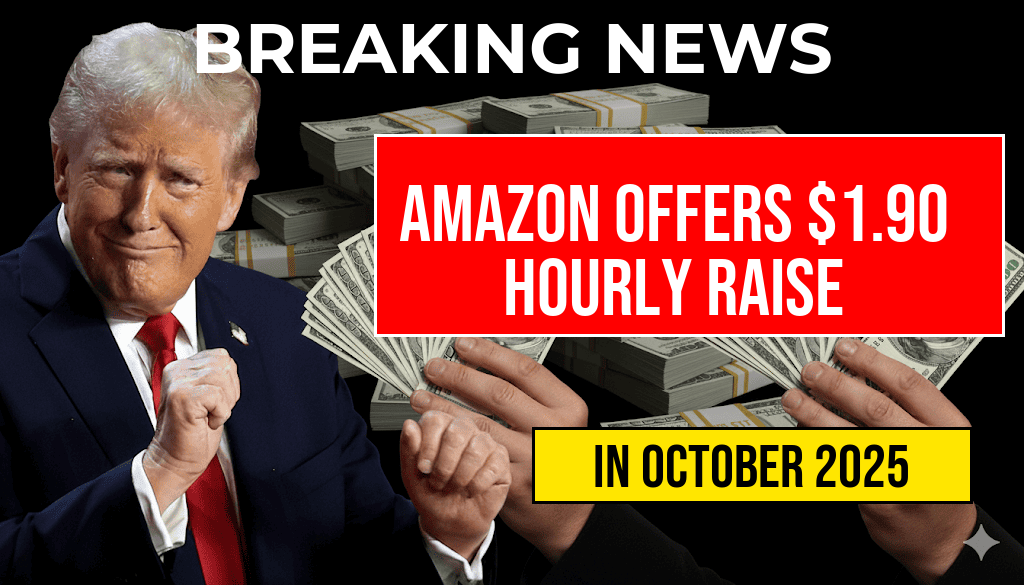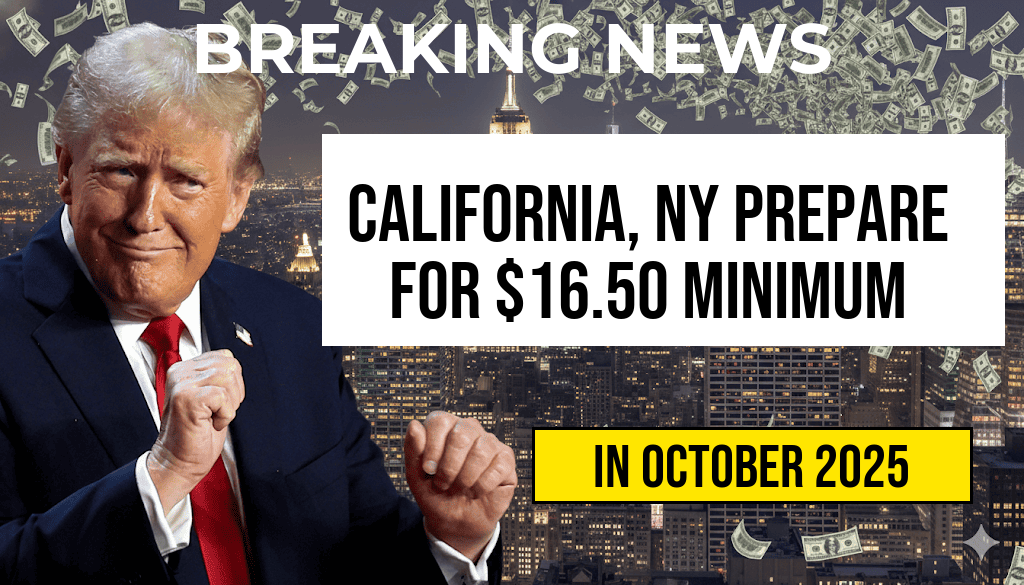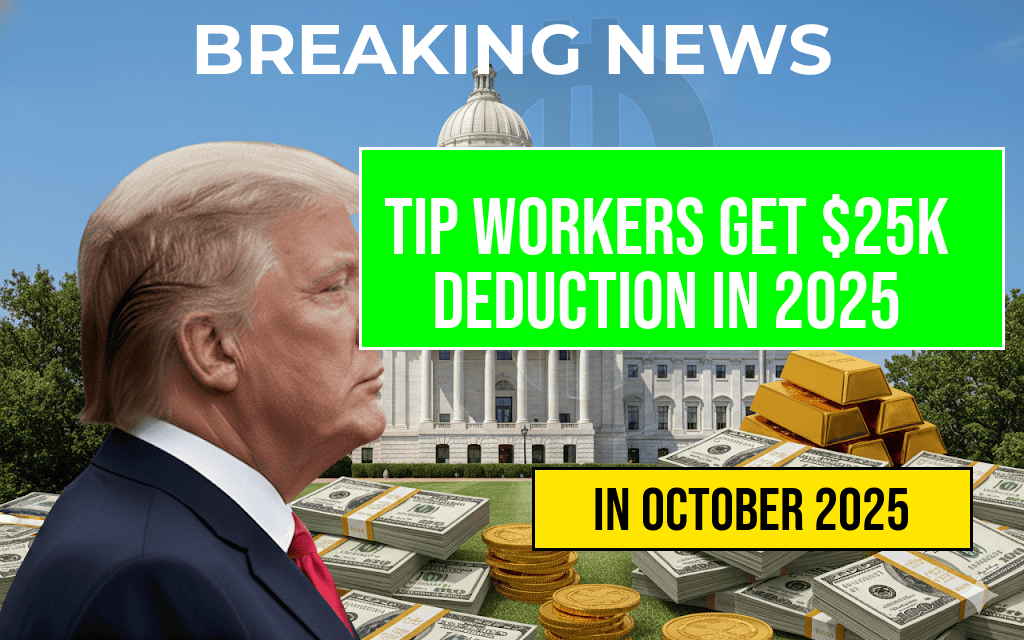A recent study suggests that raising the federal minimum wage to $15 an hour could significantly increase annual earnings for millions of American workers. Specifically, the research estimates that approximately 32 million workers across the country could see an average boost of around $3,300 in their yearly income. This potential increase is poised to reshape the economic landscape for low-wage earners, many of whom struggle to meet basic living expenses. The findings arrive amid ongoing debates over wage policies and economic equity, highlighting both the benefits and challenges associated with such a policy shift.
The Impact of a $15 Federal Minimum Wage
Key Findings of the Study
- Approximately 32 million workers could experience an average annual earnings increase of $3,300
- The wage hike could reduce income inequality by lifting wages for the lowest-paid workers
- Potential ripple effects include increased consumer spending and economic stimulation
The study, conducted by the Economic Policy Institute, analyzed data from the Bureau of Labor Statistics and other federal sources. It projects that a nationwide increase to $15 per hour would benefit sectors with a high concentration of low-wage workers, such as retail, hospitality, and food services. While the rise aims to address wage stagnation over recent decades, critics warn of potential job displacement or increased automation.
Economic and Social Implications
Potential Benefits for Workers
Raising the minimum wage to $15 could alleviate financial strain for many families, enabling better access to essentials like housing, healthcare, and education. For workers earning near the federal minimum, the increase could translate into tangible improvements in quality of life and economic stability.
Broader Economic Effects
Increased wages may lead to higher consumer spending, which can invigorate local economies and create additional jobs. According to the Bureau of Labor Statistics, consumer expenditure accounts for a substantial portion of economic activity. However, some business groups express concern about higher labor costs, citing potential price increases or reduced employment opportunities, especially for entry-level positions.
Policy Context and Political Debate
Historical Background
The federal minimum wage has been $7.25 since 2009, despite inflation and rising living costs. Several states and cities have enacted higher minimum wages, with some reaching or exceeding $15 per hour. Advocates argue that a national $15 minimum would create a more equitable economic environment, reducing disparities among low-income Americans.
Opposing Perspectives
Opponents contend that such a significant increase could harm small businesses and lead to job losses, especially in sectors heavily reliant on low-wage labor. They argue that a federal mandate might pressure businesses to cut hours or automate roles to offset increased costs. Nevertheless, proponents highlight research indicating that moderate wage increases do not necessarily result in significant employment declines.
Additional Considerations
| Number of Workers | Average Annual Earnings Increase |
|---|---|
| 32 million | $3,300 |
While the numbers reflect a broad estimate, individual experiences will vary based on regional economic conditions and sector-specific factors. Policymakers continue to weigh the potential for economic uplift against concerns about employment effects, with ongoing discussions shaping future legislation and economic strategies.
For more on the history and implications of minimum wage policies, visit Wikipedia’s page on the federal minimum wage. Insights from economic analyses can be found at Forbes, providing context on how wage changes influence broader economic trends.
Frequently Asked Questions
What is the potential impact of raising the federal minimum wage to fifteen dollars?
Raising the federal minimum wage to fifteen dollars could increase the annual earnings of approximately thirty-two million workers by about three thousand three hundred dollars.
How many workers could benefit from the proposed minimum wage increase?
The study estimates that thirty-two million workers across the country could see a significant boost in their annual earnings if the minimum wage is increased to fifteen dollars per hour.
What is the main finding of the recent study regarding minimum wage and earnings?
The study finds that a fifteen-dollar federal minimum wage could lead to a substantial increase in annual earnings for millions of workers, highlighting the potential economic benefits of such a policy change.
Which group of workers would be most affected by the minimum wage increase?
Workers earning at or near the current minimum wage would be the most impacted, as they are most likely to experience a significant increase in their earnings with the proposed raise.
Does the study suggest any broader economic benefits from increasing the minimum wage?
While the article primarily focuses on individual earnings, increasing the minimum wage could also stimulate the economy by increasing consumer spending among low-wage workers.

